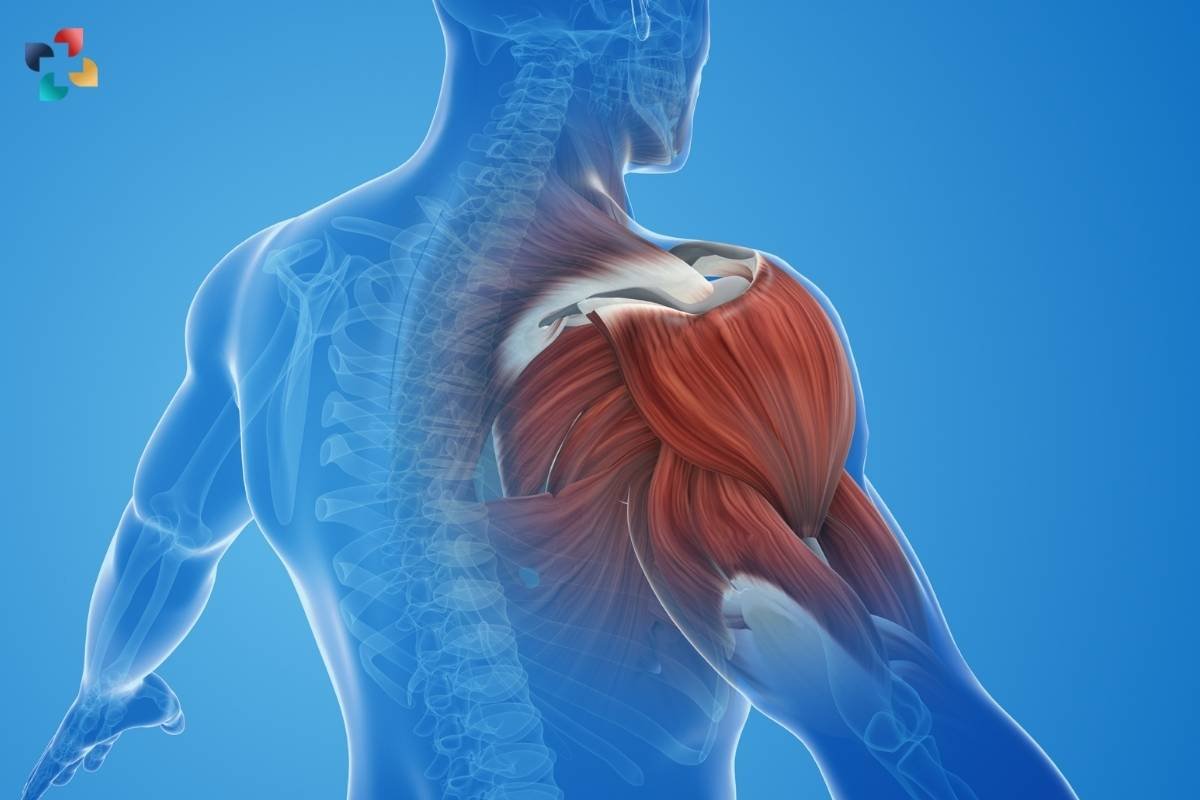Introduction to the Study
A groundbreaking research paper published in Aging (Albany NY) sheds light on the intricate changes occurring in the skeletal muscle proteome due to aging and resistance training. Led by a team of researchers from Auburn University, Seer, Inc., and The Center for Applied Health Sciences, the study adopts a novel deep proteomics approach to unravel distinct molecular signatures affected by these factors.
Methodology and Key Findings
In this innovative study, researchers employed a deep proteomics approach, separating myofibril (MyoF) and non-myofibril (non-MyoF) fractions of skeletal muscle samples. By subjecting these fractions to protein corona nanoparticle complex formation prior to Liquid Chromatography Mass Spectrometry (LC-MS), they achieved a more comprehensive analysis of the skeletal muscle proteome. The study examined muscle samples from younger (22±2 years old) and middle-aged (56±8 years old) participants, with the latter group undergoing eight weeks of resistance training (RT, 2 days/week).
The results revealed significant differences in the proteomic profiles between age cohorts, with middle-aged participants exhibiting alterations in both MyoF and non-MyoF fractions compared to younger counterparts. Notably, the majority of differentially expressed proteins were more enriched in middle-aged individuals, indicating heightened cellular stress, mRNA splicing, translation elongation, and ubiquitin-mediated proteolysis processes. Interestingly, resistance training induced marginal changes in both MyoF and non-MyoF proteomes, suggesting that more rigorous training regimens or subtle alterations in basal state protein abundances may be necessary to elicit robust adaptations.
Implications and Future Directions
The findings of this study offer valuable insights into the molecular mechanisms underlying skeletal muscle aging and the effects of resistance training. By elucidating the distinct proteomic signatures associated with these factors, the research paves the way for targeted interventions aimed at preserving muscle health and function across the lifespan. Further exploration into the potential synergistic effects of more intensive training protocols or alternative interventions may unveil additional strategies for optimizing skeletal muscle proteome adaptations. Overall, this study represents a significant advancement in our understanding of skeletal muscle biology and opens new avenues for personalized approaches to combat aging-related muscle decline.
In conclusion, the study underscores the importance of deep proteomics in unraveling complex biological processes and highlights the potential of targeted interventions to mitigate the detrimental effects of aging on skeletal muscle health.
Explore More on The Lifesciences Magazine







